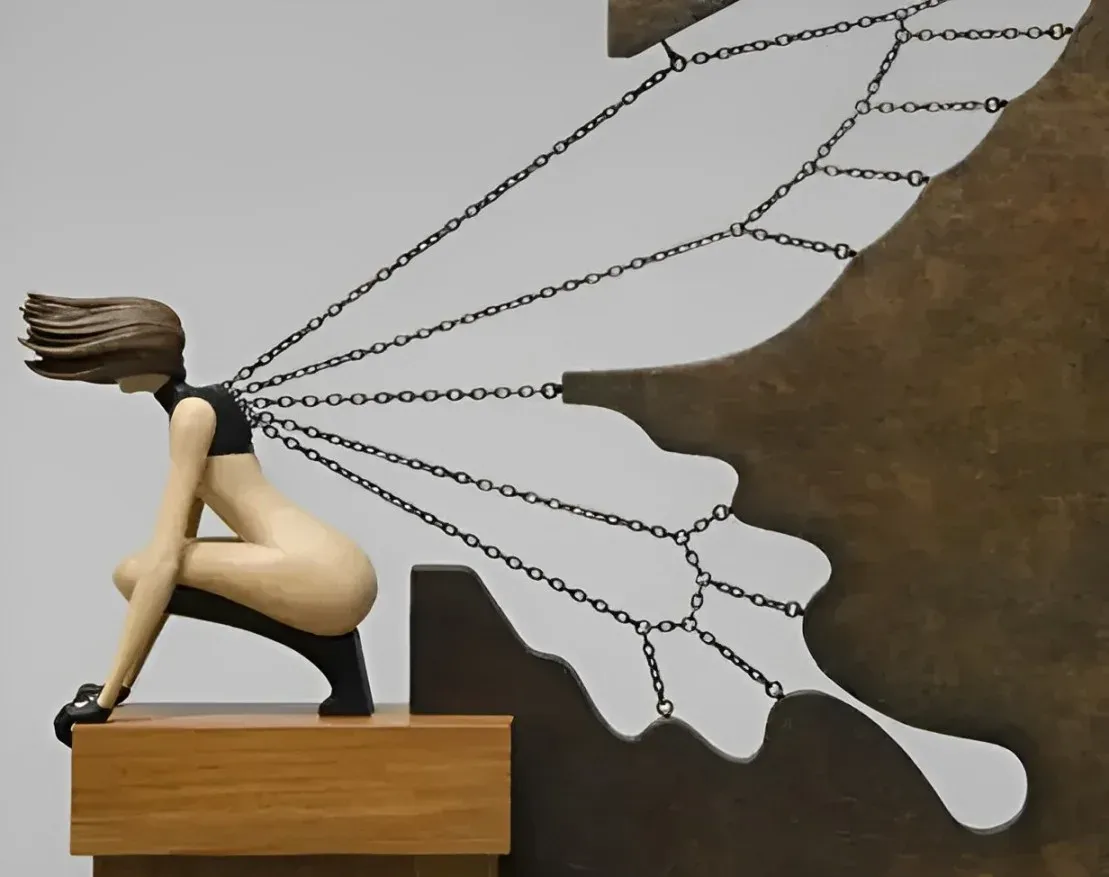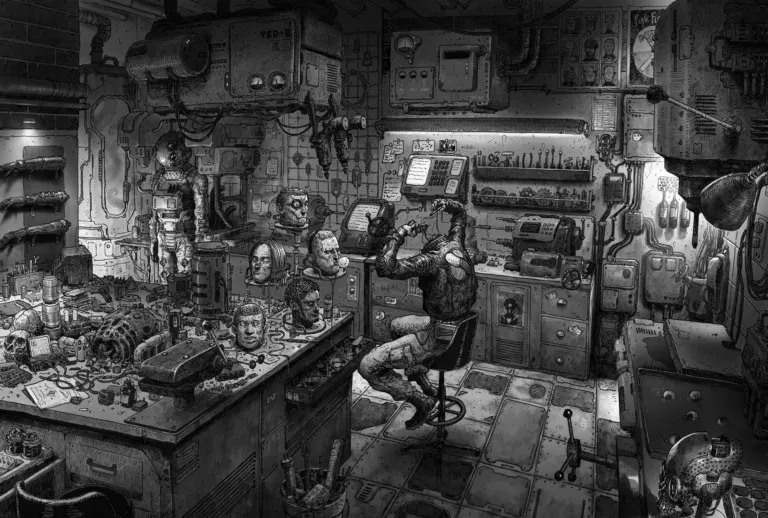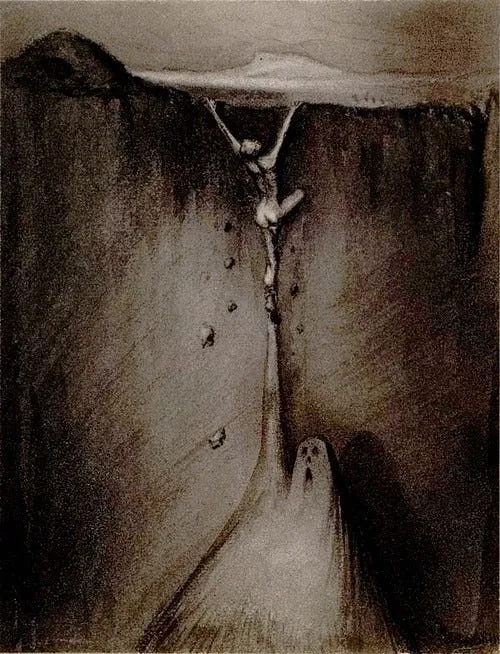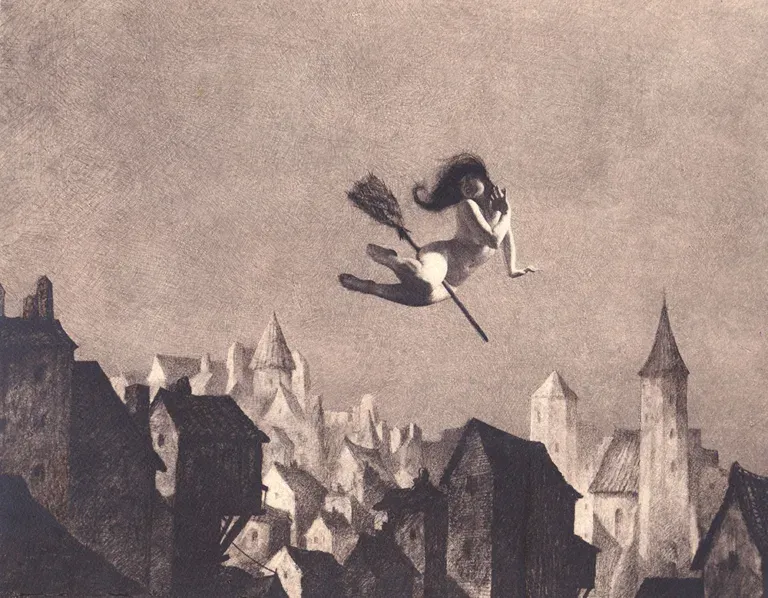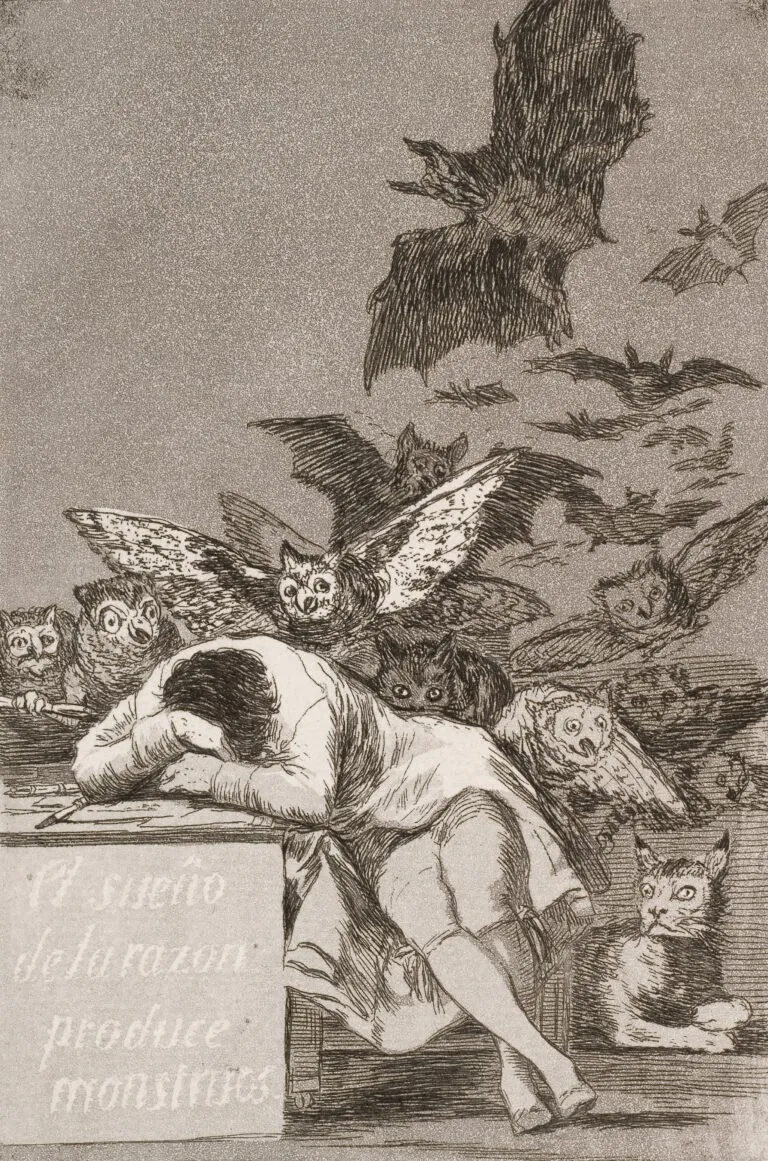The Steampunk Surrealism of John Morris
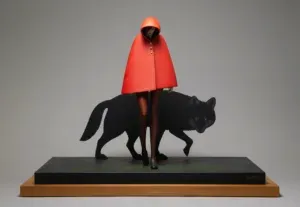 The Steampunk Surrealism of John Morris, is a contemporary sculptor who has managed to create a unique artistic world, where organic and mechanical elements merge to give life to creatures and forms that seem to come from an alternate future or an industrial dream. His style, infused with surrealism and steampunk influences, challenges traditional perceptions of sculpture, transforming each work into a complex and evocative narrative. Through his craftsmanship and innovative use of materials such as wood and metal, Morris explores the relationship between nature and technology, creating a visual dialogue between past and future.
The Steampunk Surrealism of John Morris, is a contemporary sculptor who has managed to create a unique artistic world, where organic and mechanical elements merge to give life to creatures and forms that seem to come from an alternate future or an industrial dream. His style, infused with surrealism and steampunk influences, challenges traditional perceptions of sculpture, transforming each work into a complex and evocative narrative. Through his craftsmanship and innovative use of materials such as wood and metal, Morris explores the relationship between nature and technology, creating a visual dialogue between past and future.
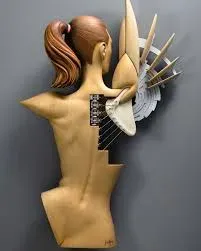 The steampunk surrealism of John Morris manifests itself in every detail of his works. The artist constructs hybrid figures, often representing fantastical animals or anthropomorphic machines, equipping them with intricate mechanisms and smooth surfaces that suggest futuristic technology. These sculptures are not simple objects but immersive creations that invite the viewer to explore an alternate universe where the laws of physics and biology blend with engineering and imagination. The fusion of the natural and the mechanical is a recurring theme, and Morris interprets it in ever-new ways, playing with the balance between form and function.
The steampunk surrealism of John Morris manifests itself in every detail of his works. The artist constructs hybrid figures, often representing fantastical animals or anthropomorphic machines, equipping them with intricate mechanisms and smooth surfaces that suggest futuristic technology. These sculptures are not simple objects but immersive creations that invite the viewer to explore an alternate universe where the laws of physics and biology blend with engineering and imagination. The fusion of the natural and the mechanical is a recurring theme, and Morris interprets it in ever-new ways, playing with the balance between form and function.
One of the most fascinating aspects of John Morris’s sculptures is their visual complexity. Each piece is an intricate puzzle of gears, skeletal structures, and polished surfaces that, while recalling the functionality of a machine, retain a sense of life and organic movement. His figures seem on the verge of coming to life or springing into action, as if they are part of a technological ecosystem pulsing with energy. This aspect gives his works a dynamic quality that goes beyond the static nature of traditional sculpture and challenges the boundaries between art and engineering.
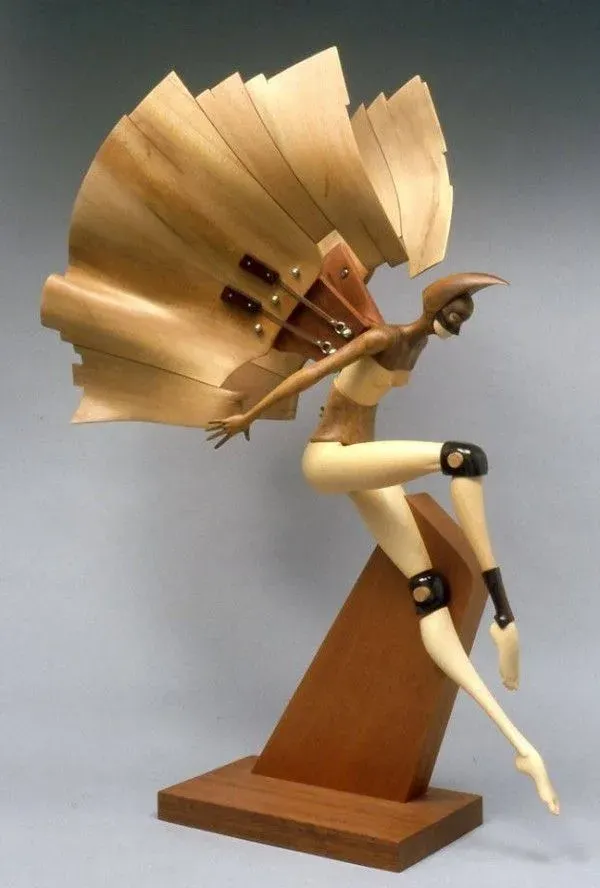 Wood and metal, the two primary materials used by Morris, are masterfully combined to evoke both the hardness and malleability of living forms and machines. Wood, representing nature and organicity, is often shaped with soft lines and sinuous curves reminiscent of animal or plant forms. Metal, a symbol of technology and industry, is used to create mechanical elements, gears, and articulated structures that give his works a functional appearance. Morris’s skill in balancing these two materials makes his sculptures appear simultaneously as relics of a steampunk future and as creatures from an unknown natural world.
Wood and metal, the two primary materials used by Morris, are masterfully combined to evoke both the hardness and malleability of living forms and machines. Wood, representing nature and organicity, is often shaped with soft lines and sinuous curves reminiscent of animal or plant forms. Metal, a symbol of technology and industry, is used to create mechanical elements, gears, and articulated structures that give his works a functional appearance. Morris’s skill in balancing these two materials makes his sculptures appear simultaneously as relics of a steampunk future and as creatures from an unknown natural world.
The surrealism of his works also lies in their ability to evoke ambiguous sensations: they are familiar yet foreign, objects that seem alive but belong to a completely different universe from ours. Morris creates a visual tension between what is known and what is imagined, between tangible reality and fantastic possibility. This ambiguity leads the viewer to question the relationship between man and technology, the symbiosis between the natural and artificial worlds, and how these two elements can coexist and transform each other.
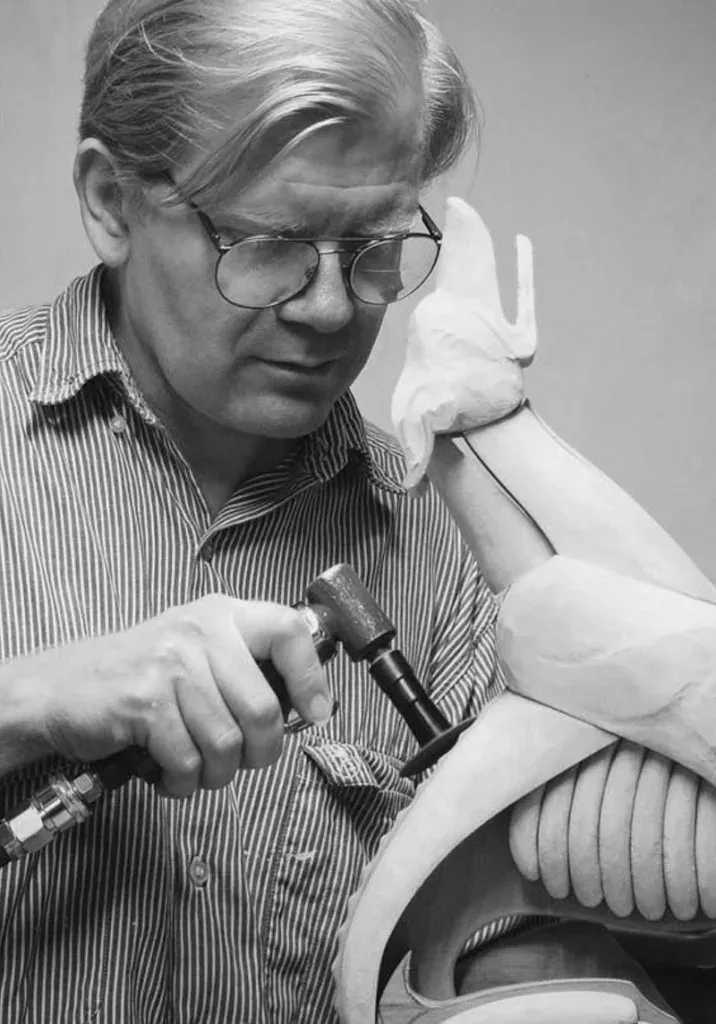 In conclusion, John Morris is a sculptor who, through his surrealist and steampunk approach, has redefined the very concept of sculpture. His works, rich in detail and meaning, invite the viewer to immerse themselves in a world where the boundary between reality and imagination dissolves, making room for art that is both contemplative and narrative. Morris continues to surprise and inspire with his ability to transform materials and ideas into forms that seem to breathe, move, and tell stories of a possible future, where nature and technology coexist in harmony and tension.
In conclusion, John Morris is a sculptor who, through his surrealist and steampunk approach, has redefined the very concept of sculpture. His works, rich in detail and meaning, invite the viewer to immerse themselves in a world where the boundary between reality and imagination dissolves, making room for art that is both contemplative and narrative. Morris continues to surprise and inspire with his ability to transform materials and ideas into forms that seem to breathe, move, and tell stories of a possible future, where nature and technology coexist in harmony and tension.

